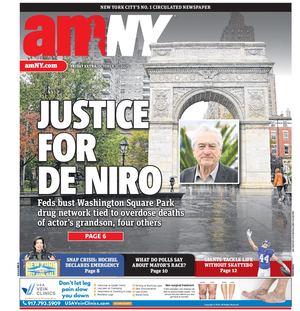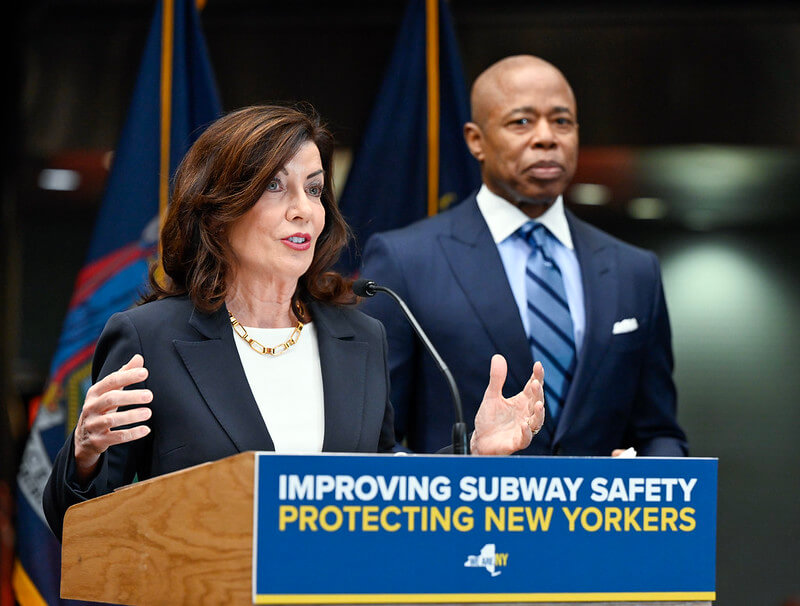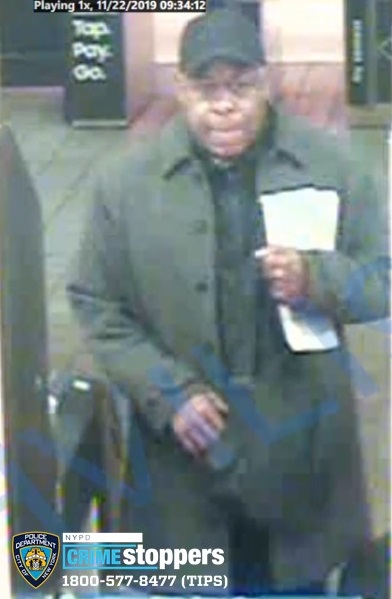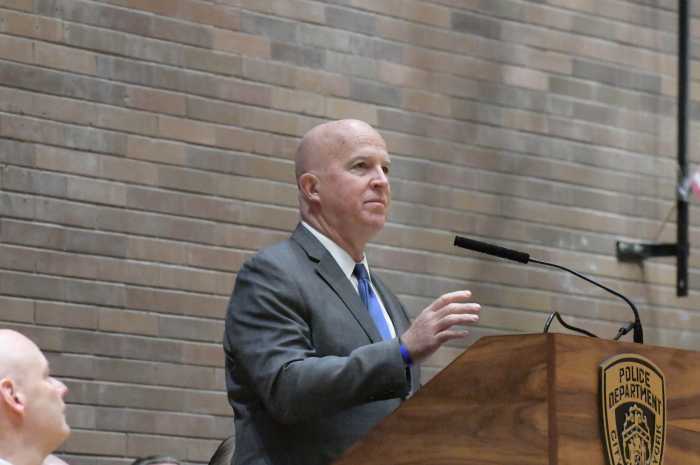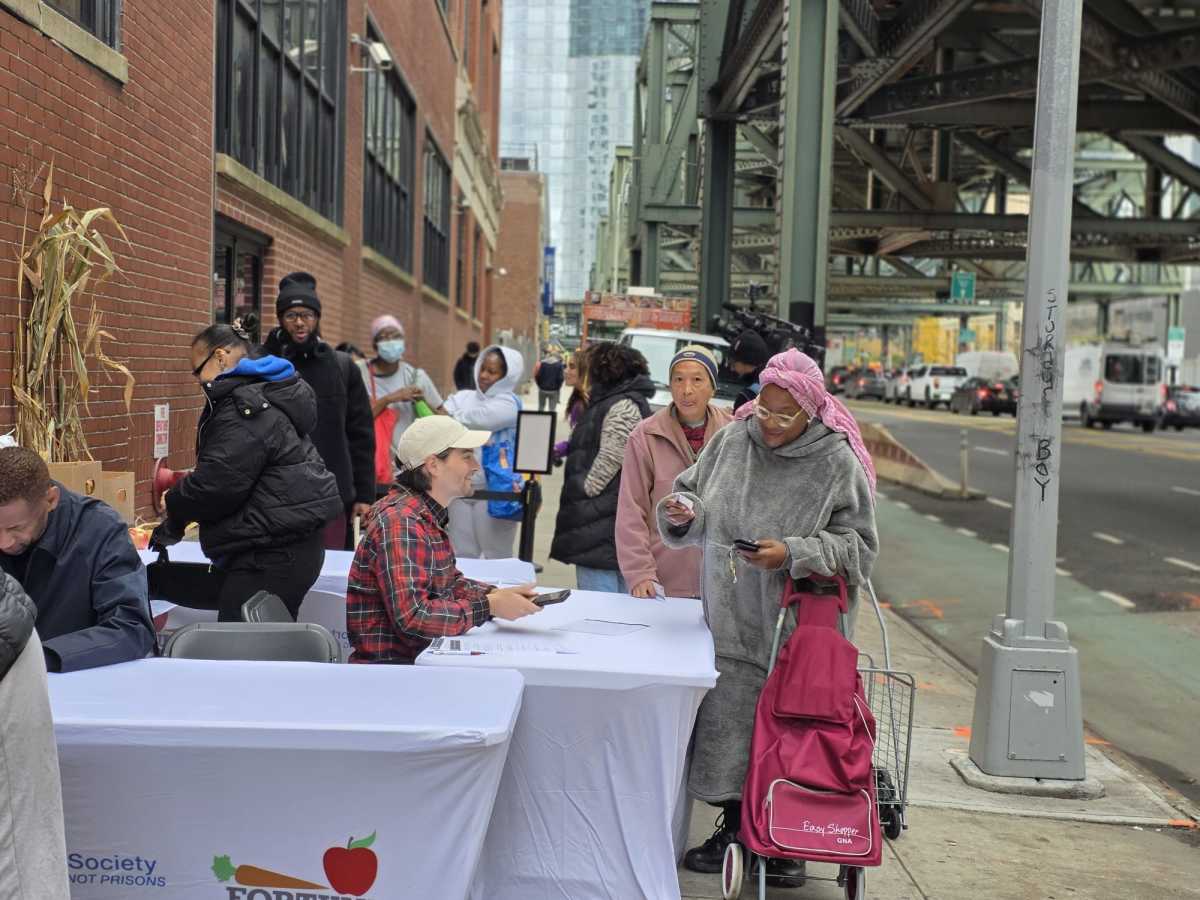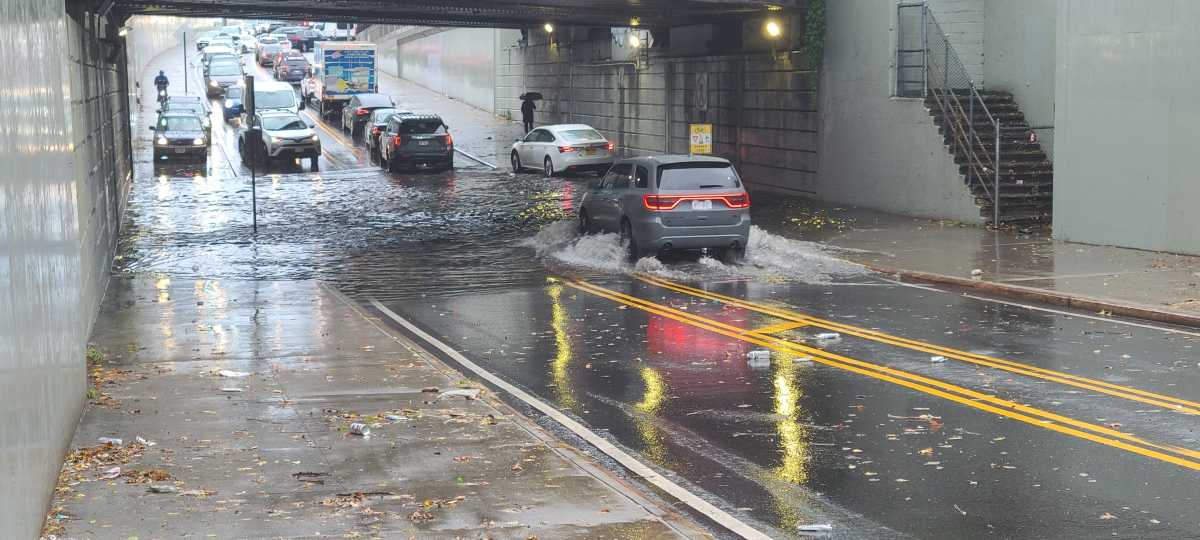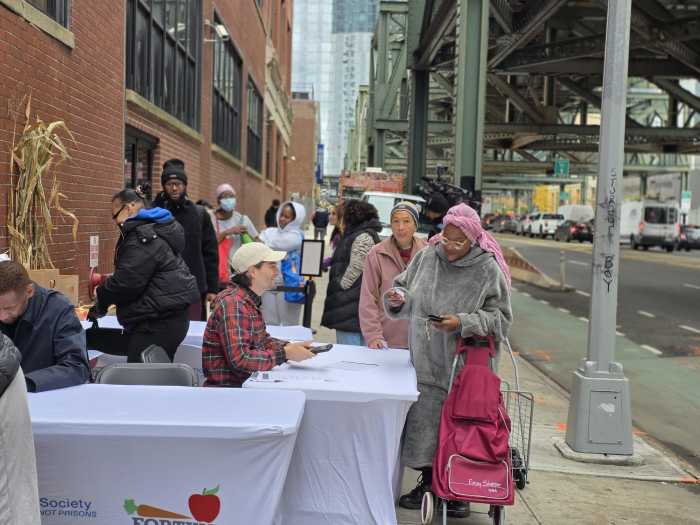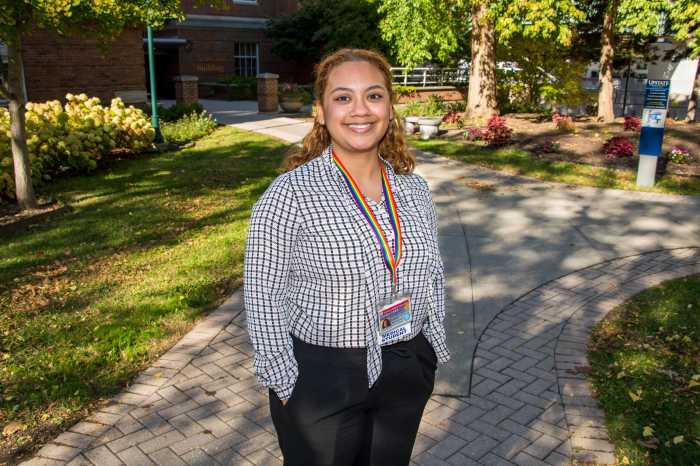About a year after Mayor Eric Adams and Governor Kathy Hochul first stood in Fulton Center to declare their commitment to combating subway crime, the pair was back in the Lower Manhattan transit hub Friday, taking a victory lap over what they said is data showing a marked decline in offenses committed on the transit system.
The chief executives of the city and state highlighted that for the first 3 1/2 weeks this year there have been an average of 1.7 crimes per one million riders a day, compared to an average of 2.8 per million in 2020—at the height of the pandemic—and 2.3 per million during 2021 and 2022. That brings the current level of crime on the system close to the pre-pandemic figure of 1.5 crimes per one million daily riders.
The governor also said there was a 16 percent decline in subway crime for the three-month period ending Jan. 22, compared to the same period 12 months prior. She attributed the decline to the implementation of the joint “Cops, Cameras and Care” initiative that was launched in October.
Additionally, NYPD Transit Chief Michael Kemper said the downward trend is continuing. He said major subway crime was down 31% for the first three weeks of 2023, compared to the same timeframe in 2022.
The crime data was presented in tandem with preliminary findings from a December MTA survey that showed straphangers are starting to feel safer riding the subterranean system. The full survey results will be released on Monday, according to an MTA spokesperson.
While they’ve made real gains over a short period of time, Hochul said, they’re not going to declare “mission accomplished” just yet.
“We’ve been making progress, we’re making real progress,” Hochul said. “Now, we’ll stand here and say we’re never finished. As long as there’s any crime being committed, we’ll never say ‘mission accomplished.’ Those words will never come from our lips. But today’s an opportunity to give a progress report.”
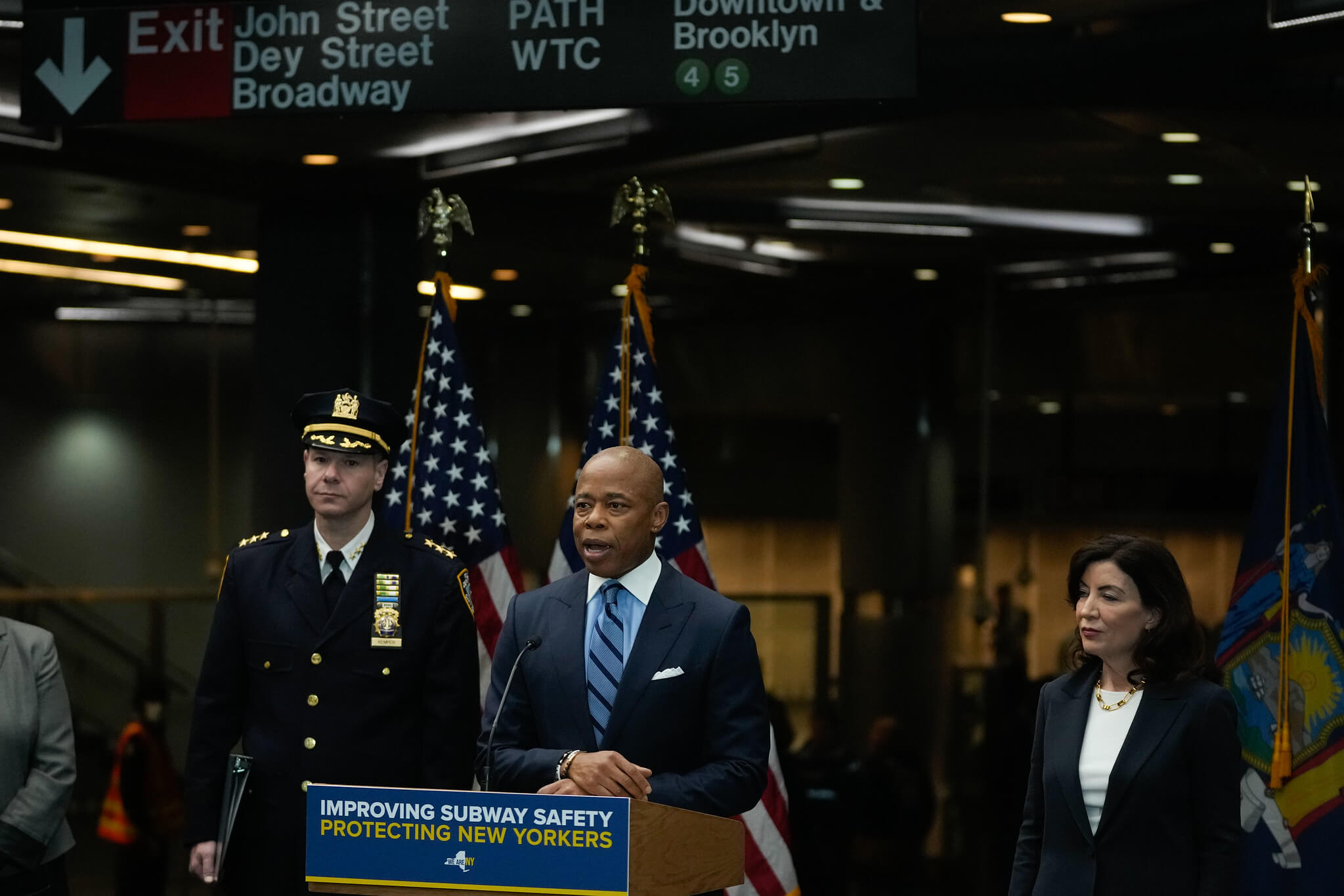
In the October plan, the governor announced that her administration would fund MTA police and NYPD the equivalent of 1,200 overtime hours per day to place cops on patrol at over 300 stations across the system during peak hours. Hochul said the state has allocated $62 million to fund all of that overtime. However, according to a spokesperson for Hochul, it’s not yet clear how much of that money has been spent because it’s reimbursement based and still needs to be calculated.
Additionally, Hochul announced a separate plan earlier last year to install surveillance cameras on every subway car by 2025.
The governor said that the presence of cops on subway platforms and trains, coupled with announcements from train conductors alerting passengers that they are on patrol, has been a “powerful deterrent” for subway crime.
“I want people to have that sense that if you need help, it’s there,” Hochul said. “But also, if you’re someone looking to do harm to somebody, that’s a powerful deterrent when you know there’s a police officer right either on the platform, the train or the mezzanine.”
The mayor echoed the governor’s sentiments that the large presence of cops is offering a sense of comfort to subway riders.
“Nothing makes you feel better when you’re in the system, or up top, than seeing that uniformed officer,” Adams said. “That uniformed officer brings you a level of calmness. You feel as though there’s someone there to give you the service that you need.”
According to MTA CEO Janno Lieber, the preliminary survey results released today showed a 20% increase in the number of subway riders who say they feel “safe” or “very safe” on the system, an increase from 40% to 60% between October and November. Lieber said the percentage of riders who believe that there are enough police officers in the system has never been higher.
“The one thing that riders say again and again and again, up and down the demographic and economic spectrum, is that they want to see cops and they are happier about the number of cops that they are seeing than ever before,” Lieber said. “We’re not taking our foot off the gas on the Cops, Cameras and Care program, I know that the governor and the mayor aren’t, they’re in it for the long haul. That’s what we’re all in it to do for the riders.”
But City Council Committee on Transportation and Infrastructure Chair Selvena Brooks Powers (D-Queens) and Committee on Public Safety Chair Kamillah Hanks (D-Staten Island), in a joint statement, said they still have outstanding concerns about the overall cost of the iniative and urged the governor and mayor to think about transit safety in a more comprehensive fashion.
“There are open questions about the overall cost of this initiative and we’ll be closely evaluating the Governor and Mayor’s proposed spending plans in the coming weeks,” they said. “As we talk about how to keep New Yorkers safe on our century-old transit infrastructure, we must be comprehensive in thinking about public safety. New Yorkers also aren’t safe when the subways flood, or when they get stranded on an unreliable elevator or escalator.”
This story was updated to include a statement from the City Council at 6:24 p.m. on Jan. 27, 2023.
